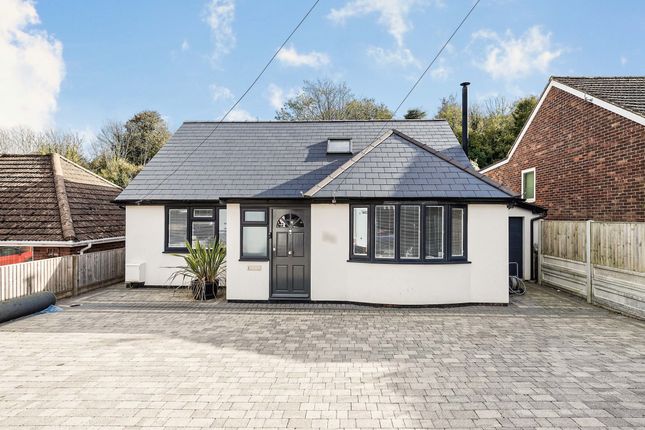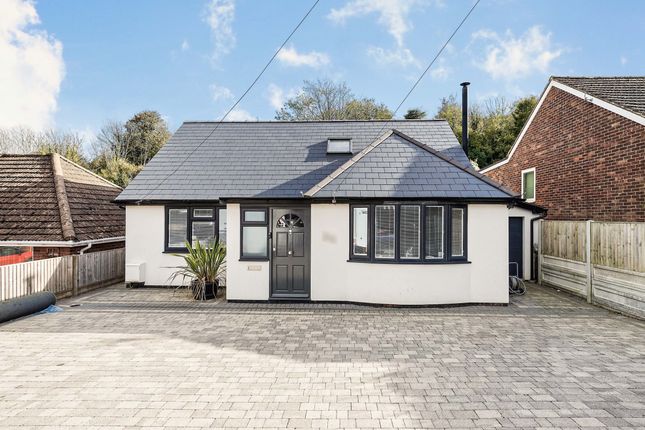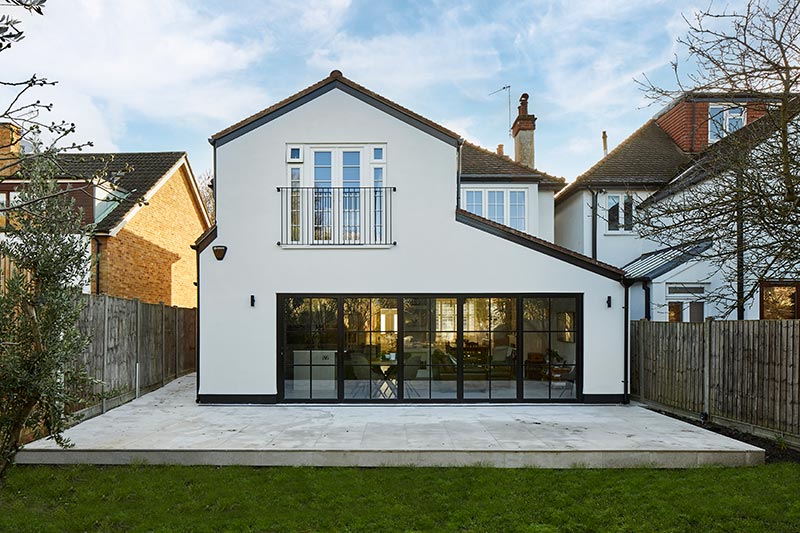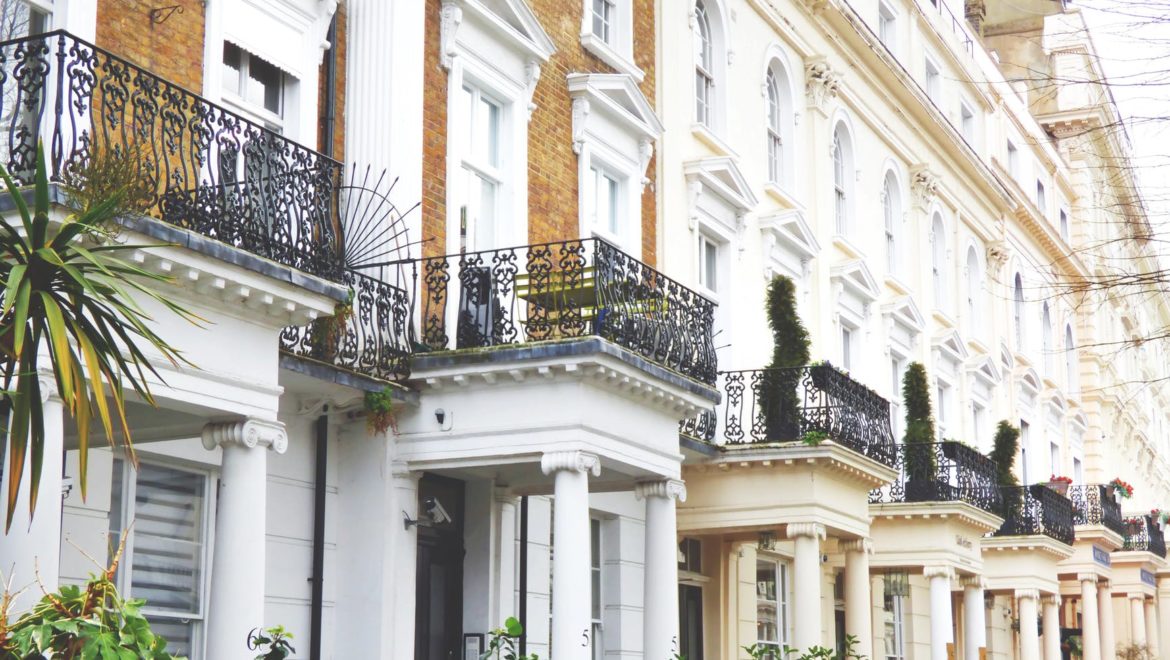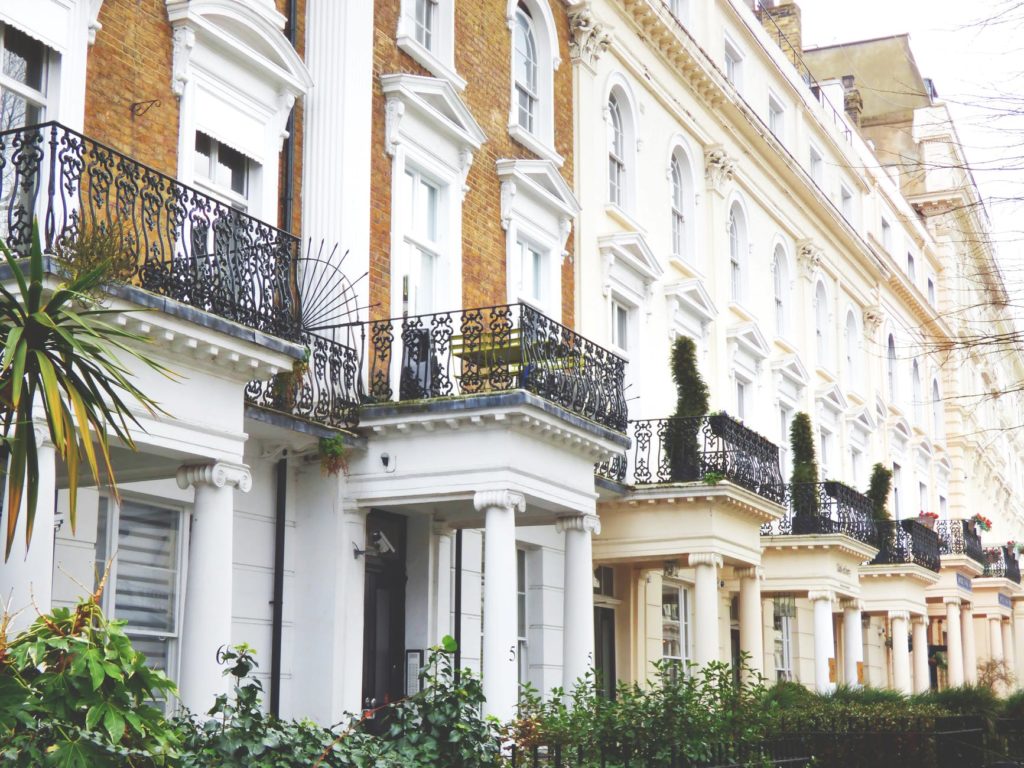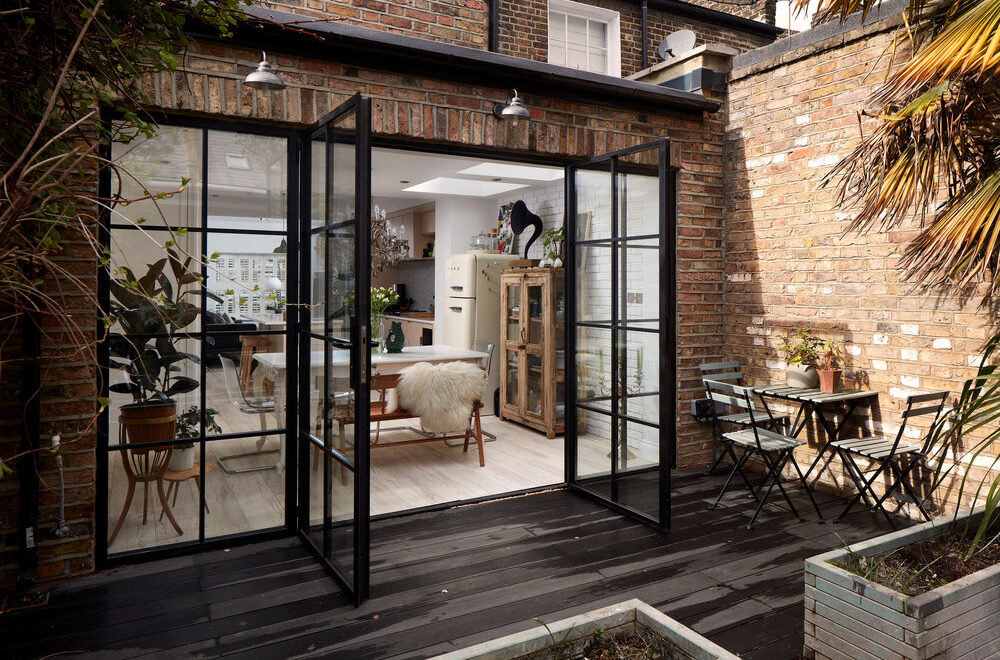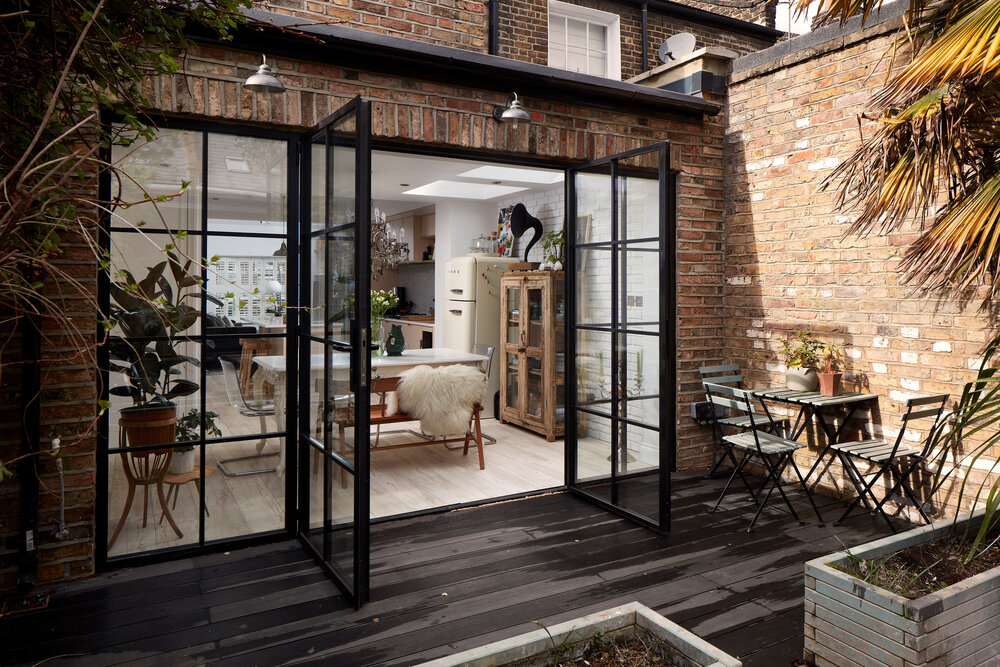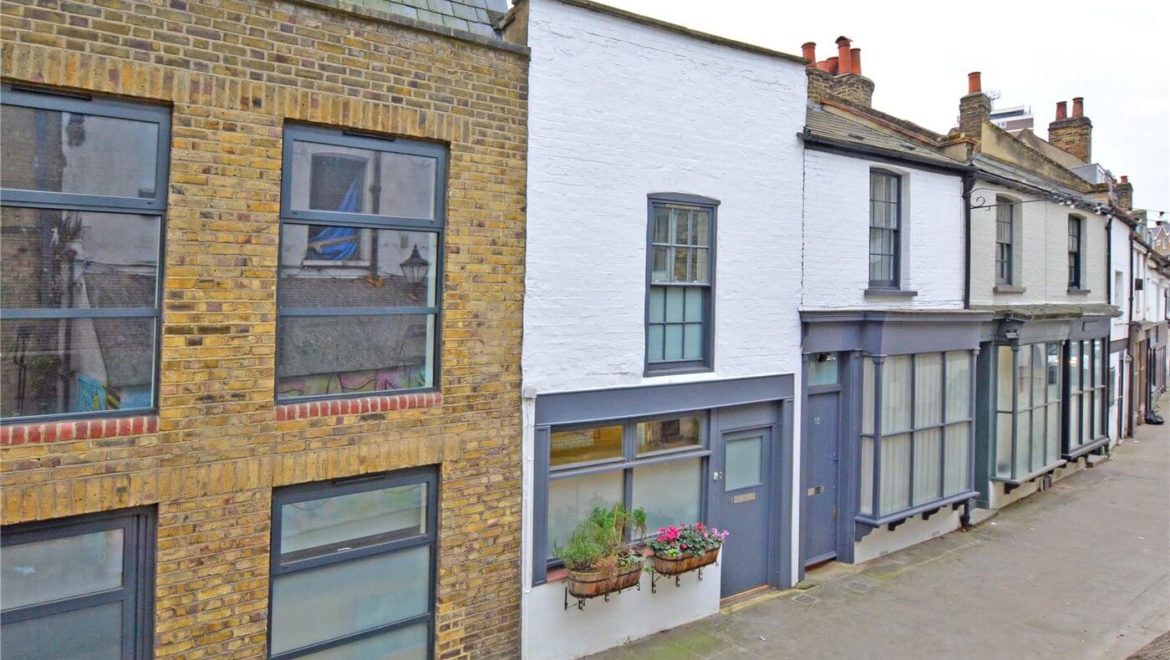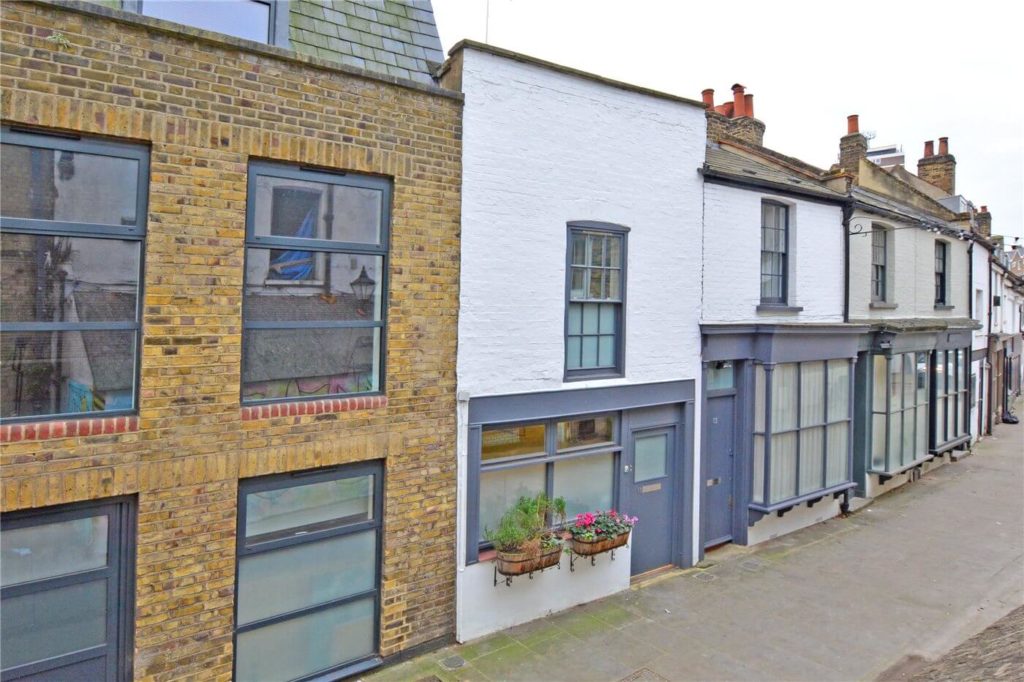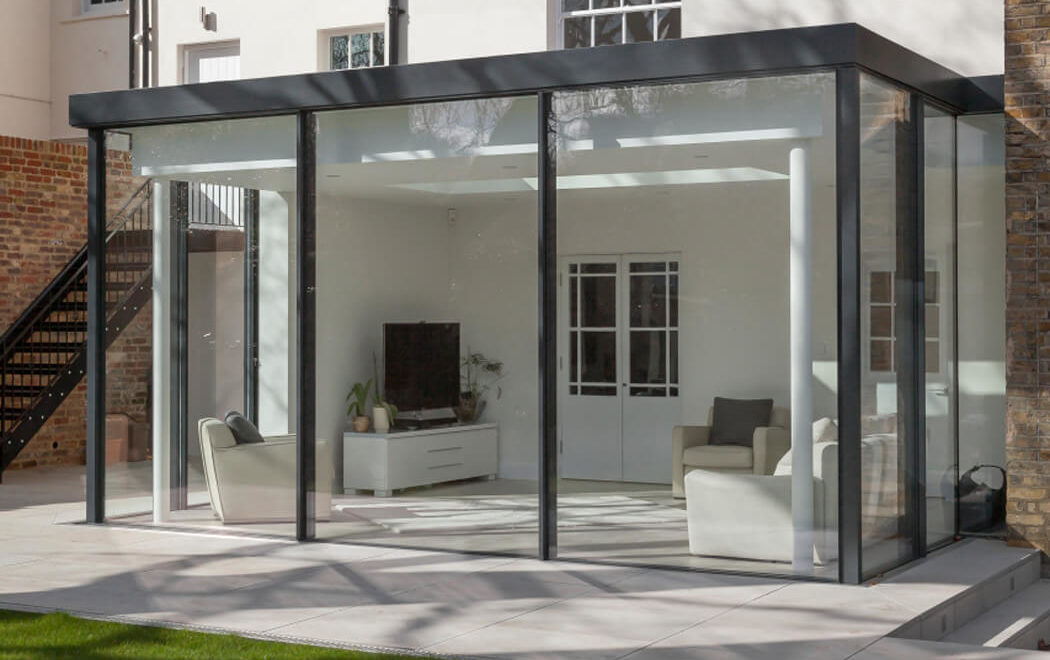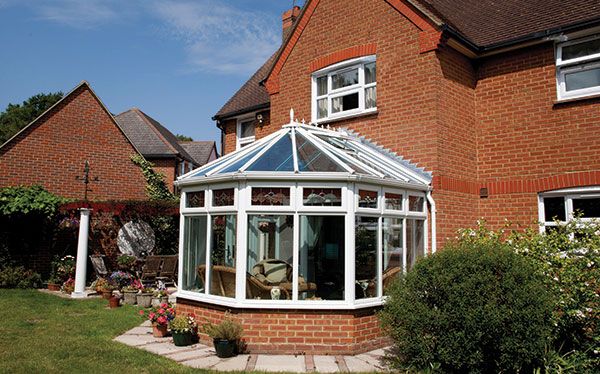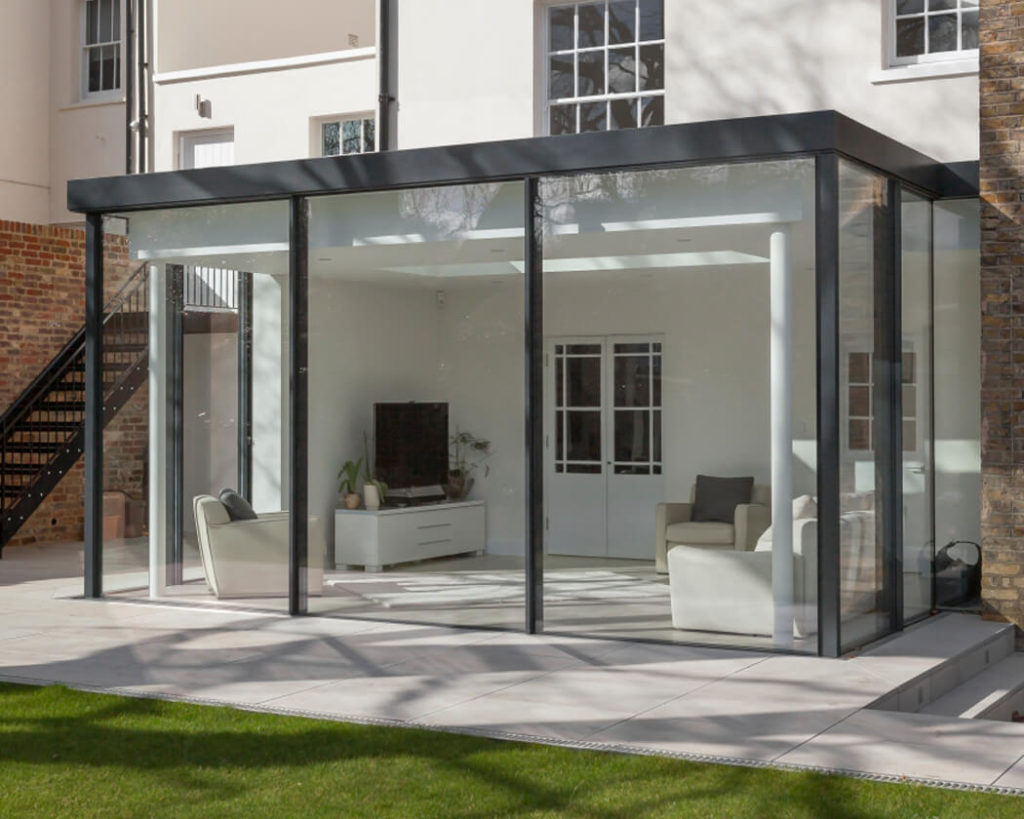Building an upwards extension in 2022: new permitted development rules
In 2020, you might have heard about some of the changes that were made to the permitted development rights. These changes mean that you could do more to your property without planning permission. Since that point, additional information has come to light that might affect how you proceed with your project. In addition, here’s everything to know about permitted development in 2022.
What is permitted development rights?
Permitted development rights are a national grant of planning permission. Which allow certain building works and changes of use to be carried out without having to make a planning application.
What is an upwards extension?
An upwards extension is basically adding more storeys to your home. However, with the new rule’s homeowners, developers, and landlords can build upwards and add up to two storeys without the need for planning permission. The government has enforced this rule because there is a housing shortage and they are eager to not concrete over green space.
Homes that were excluded from the changes –
- Listed buildings
- Flats or maisonettes
- Some new developments
- Homes within Scotland, Wales, or Northern Ireland.
The new permitted development rights for an upwards extension means that the following buildings can add a maximum of two storeys:
- Detached commercial buildings
- Detached houses (to build new flats)
- Houses (if the new storeys are to extend a home)
- Terraced/ semi-detached commercial buildings
- Terraced/ semi-detached (to build new flats)
- Detached, purpose-built blocks
Benefits of building upwards –
Firstly, creating new homes by adding extra storeys on an existing building will help homeowners, developers, and landlords, maximise the space they own. By extending upwards you will also not be cutting into your garden space.
Which is a good thing if you live in the city because the greener areas you have the less pollution there is.
Building upwards is cheaper than a regular extension. This is because you don’t need to buy roofing materials for the first floor and you don’t need foundation materials for the second storey.
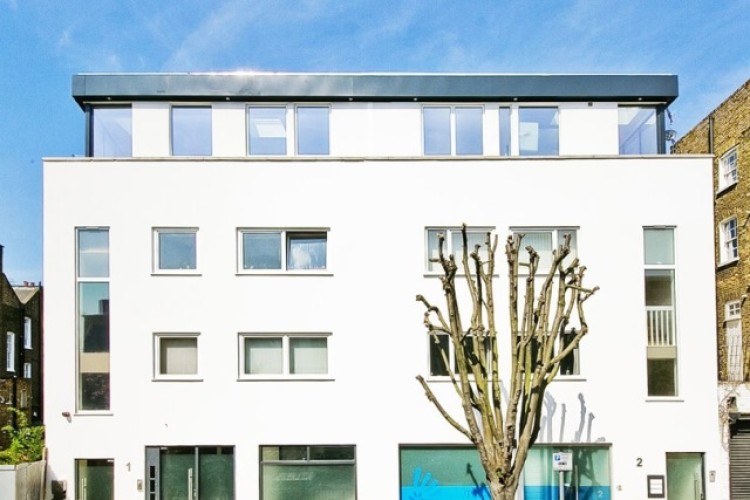


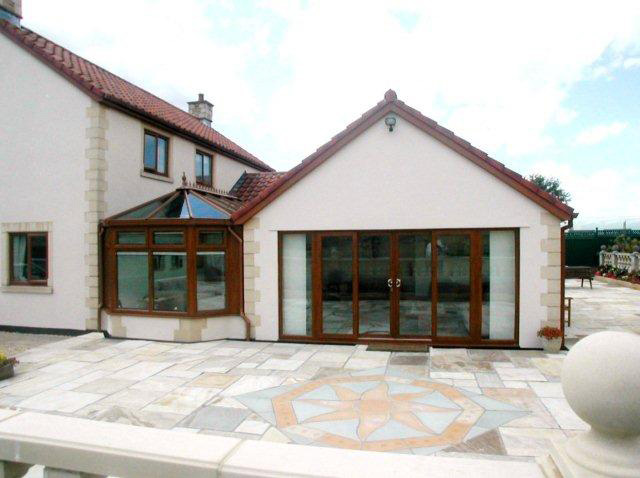
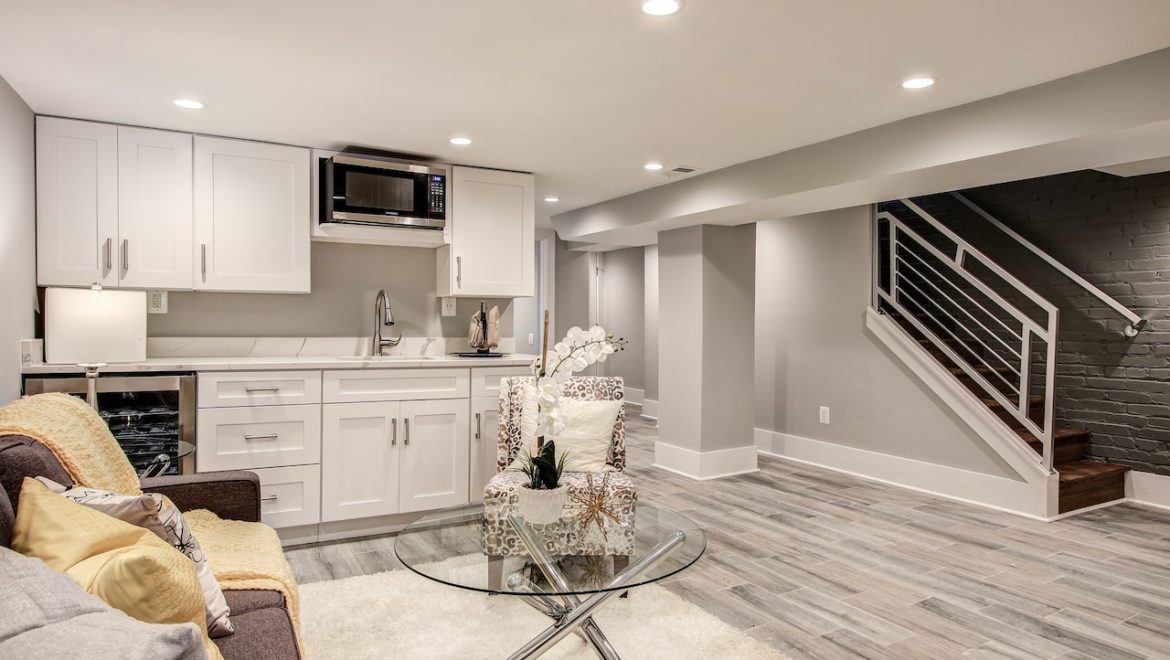





![Modern Laundry Room Ideas for Small Spaces [ Updated 2020 ]](https://thearchitecturedesigns.com/wp-content/uploads/2019/06/20-Laundry-Room-Ideas-for-Small-Spaces-855x1024.jpg)
